Wanås Konst sculpture park merges art and nature in Sweden
Wanås Konst’s latest exhibition, 'The Ocean in the Forest', unites land and sea with watery-inspired art in the park’s woodland setting

A visit to Wanås Konst, in the forests of Skåne in southern Sweden, is not something you can rush. The sculpture park, nestled beside a medieval castle and lake, rewards time spent amongst its tree-lined pathways, where visitors can commune with nature and art.
Wanås is the home of the Wachtmeister family, who began to invite artists to create works for the estate in 1987. Over the years, Marika and Charles Wachtmeister enticed an astonishing array of artists to rural Sweden, from Yoko Ono and Jenny Holzer to William Forsythe and Ann Hamilton. Today, there are some 70 site-specific artworks embedded in the landscape.
‘The Ocean in the Forest’ at Wanås Konst

Eduardo Navarro, I Found a Forest at The Bottom of the Ocean, 2024, installation view at Wanås Konst, 2024
The Wanås Foundation was established in 1995 and led by Marika until 2011, followed by Elisabeth Millqvist and Matthias Givell, before American-Danish curator Milena Høgsberg took over in 2022.
Høgsberg lives and breathes the energy of Wanås, where artists are encouraged to stay and get to know the place, even living with the curator if the gorgeous hotel on site is fully booked. It’s this slightly unconventional, open-door attitude that defines Wanås.
Høgsberg’s programme takes its lead from the ethos of Wanås and its natural surroundings. As she explains over coffee, ‘a forest is not a set shape. It’s a living organism that was here before we arrived and will be here after we leave’. Høgsberg notes that ‘we have very little contact with ourselves and our bodies, and our connection to nature. I want to offer a more intuitive approach.’
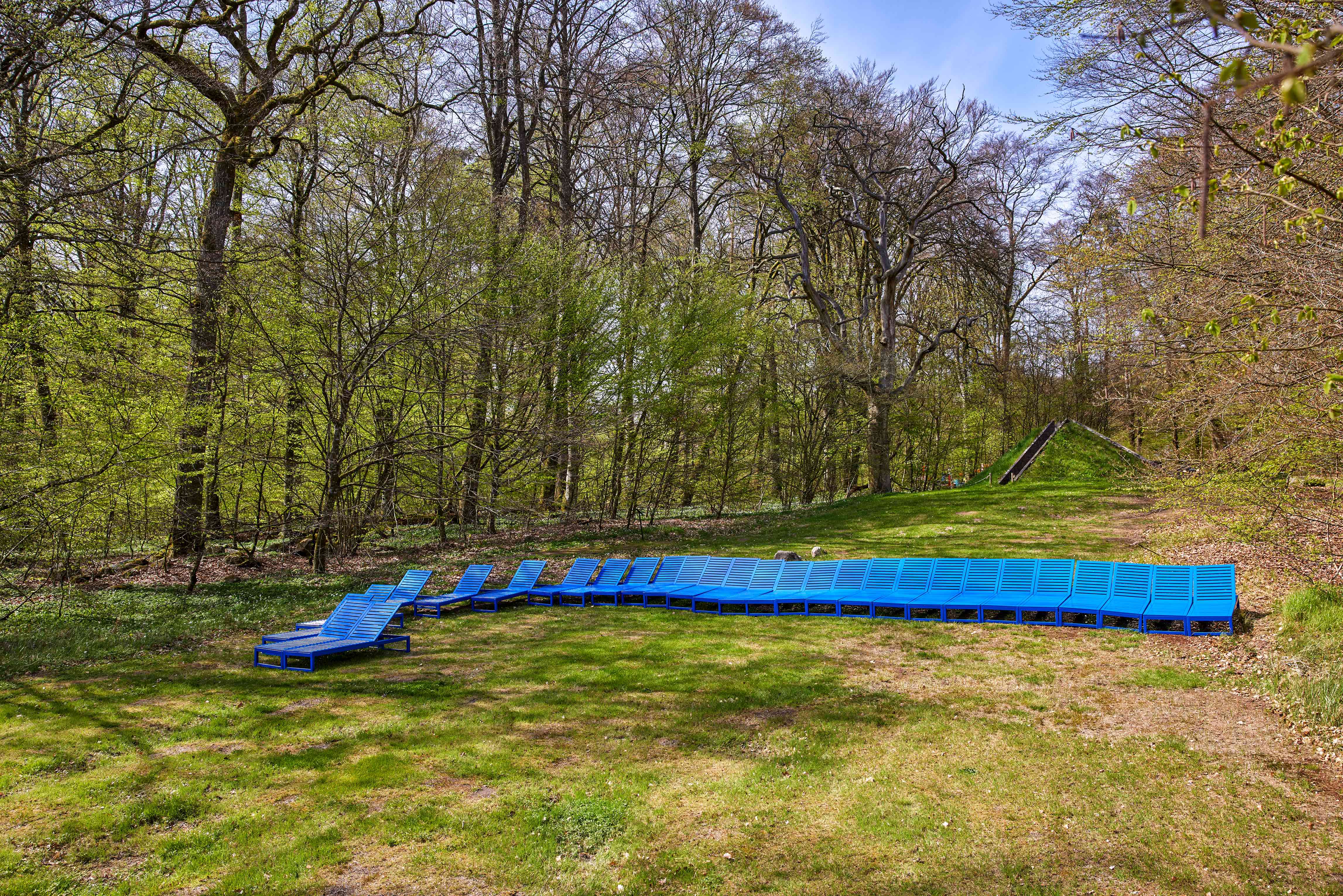
Youmna Chlala, This Feeling, Oceanic (2024), installation view at Wanås Konst, 2024
The theme of this year’s two-part exhibition, ‘The Ocean in the Forest’, stems from a dream. It alludes to the apocalyptic flood, which we know took place by the residue of petrified forests and the fossilised sap of extinct trees. ‘We were born from the water and emerged from this primordial soup – we were a drop in the ocean in a sense,’ Høgsberg says. ‘The Ocean in the Forest’ is also a fantastical image, filled with possibility for magical thinking.
Argentine artist Eduardo Navarro had his own dream of swimming so deep into the ocean that he came to the forest before arriving at the ocean again, in a loop that reflects the two habitats’ innate connection. At Wanås, Navarro has enveloped an oak tree with a jellyfish sculpture (I Found a Forest at The Bottom of the Ocean, 2024), adorned with chimes that can be played by visitors or the wind. For Navarro, the jellyfish is an ancient creature with its own language.
Receive our daily digest of inspiration, escapism and design stories from around the world direct to your inbox.
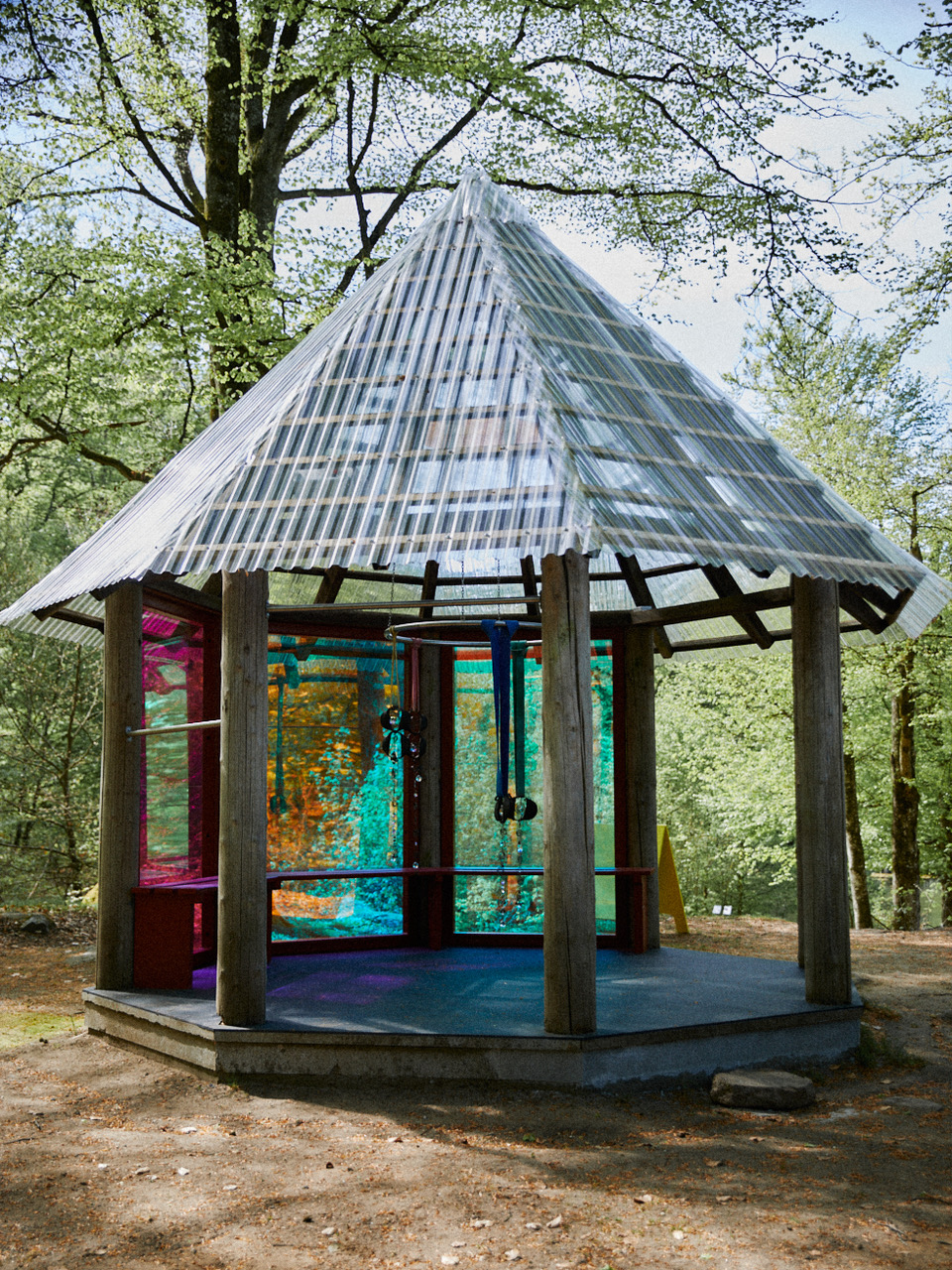
Evan Ifekoya, Apo Ifa for the High Heart and Warrior Spirit, 2024, installation view at Wanås Konst, 2024
Sound also plays a prominent role in Lebanese artist Youmna Chlala’s installation This Feeling, Oceanic (2024). Memories of the Mediterranean Sea and reflections on the power of water are spoken by Chlala, rooted in her experience of life as an immigrant in the United States. The personal, universal and poetic flow into one another as Chlala invites visitors to take a seat on a blue deckchair and listen, staring out to the horizon between treetops and sky.
Elsewhere, Nigerian artist Evan Ifekoya has reimagined a pavilion where the Wachtmeister family once took tea (Apo Ifa for the High Heart and Warrior Spirit, 2024). Ifekoya brings new intention to the space for physical and spiritual transformation, encased by vibrant Plexiglas walls, and whose title refers to the bag of a Yoruba diviner.
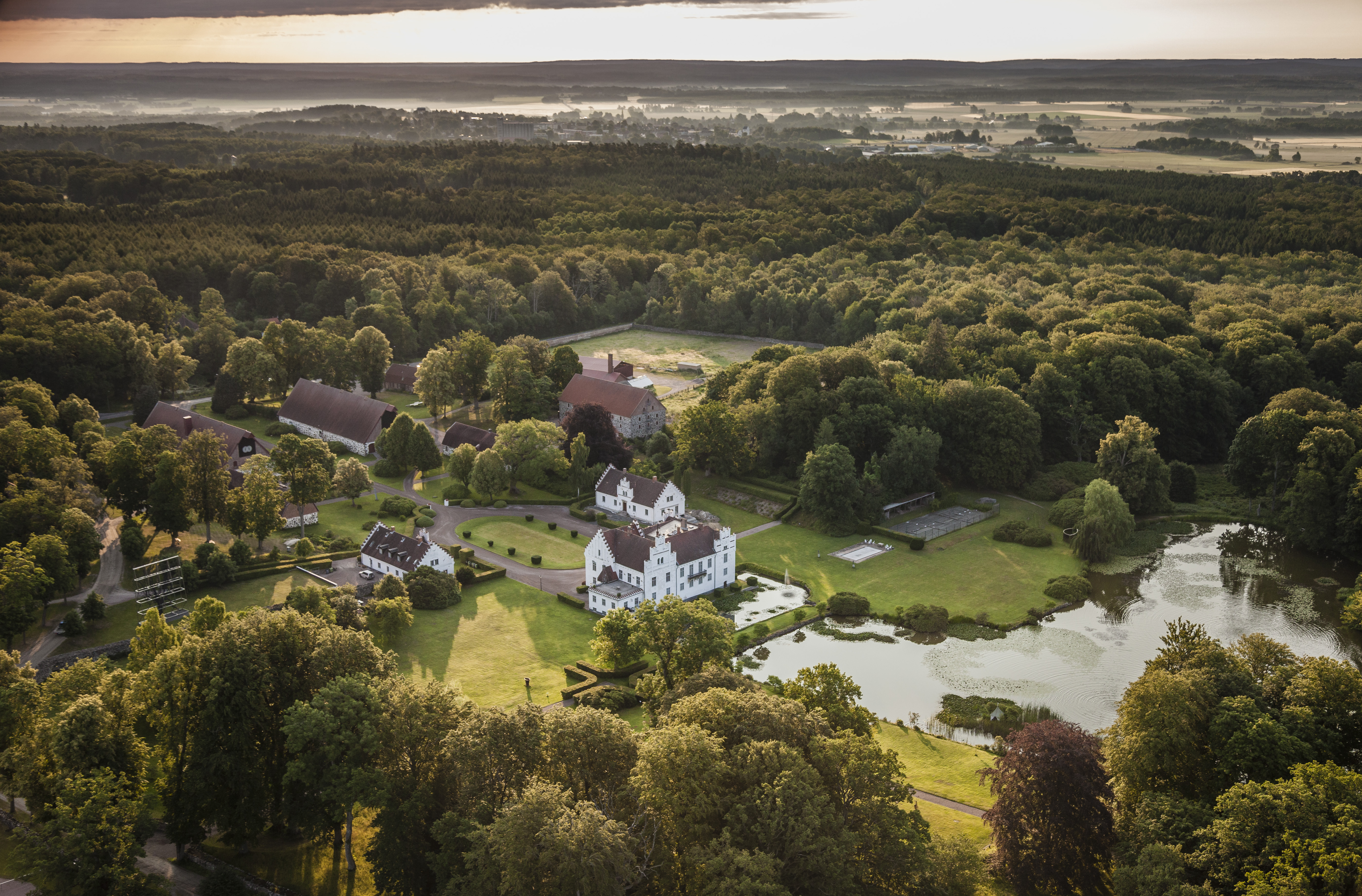
Inside one of the barns is the textile The Ark (2019) by Indian artist Lavanya Mani. A cluster of animals complain to a raven about the conduct of man in a playful version of Noah’s Ark and a 17th-century Mughal court painting. The kalamkari technique – which involves soaking cotton in buffalo milk, drying and washing, before applying natural dyes using homemade tools – and the subject of rising seas are drenched in reference to colonialism and the trade of goods across the Indian Ocean.
In contrast to the bustle of modern life, Wanås Konst is something of an antidote. Pilgrims are reminded of their connection to body, ocean and forest. As Høgsberg says, ‘everyone has some sort of relationship with nature’.
-
 Why are the most memorable watch designers increasingly from outside the industry?
Why are the most memorable watch designers increasingly from outside the industry?Many of the most striking and influential watches of the 21st century have been designed by those outside of the industry’s mainstream. Is it only through the hiring of external designers that watch aesthetics really move on?
-
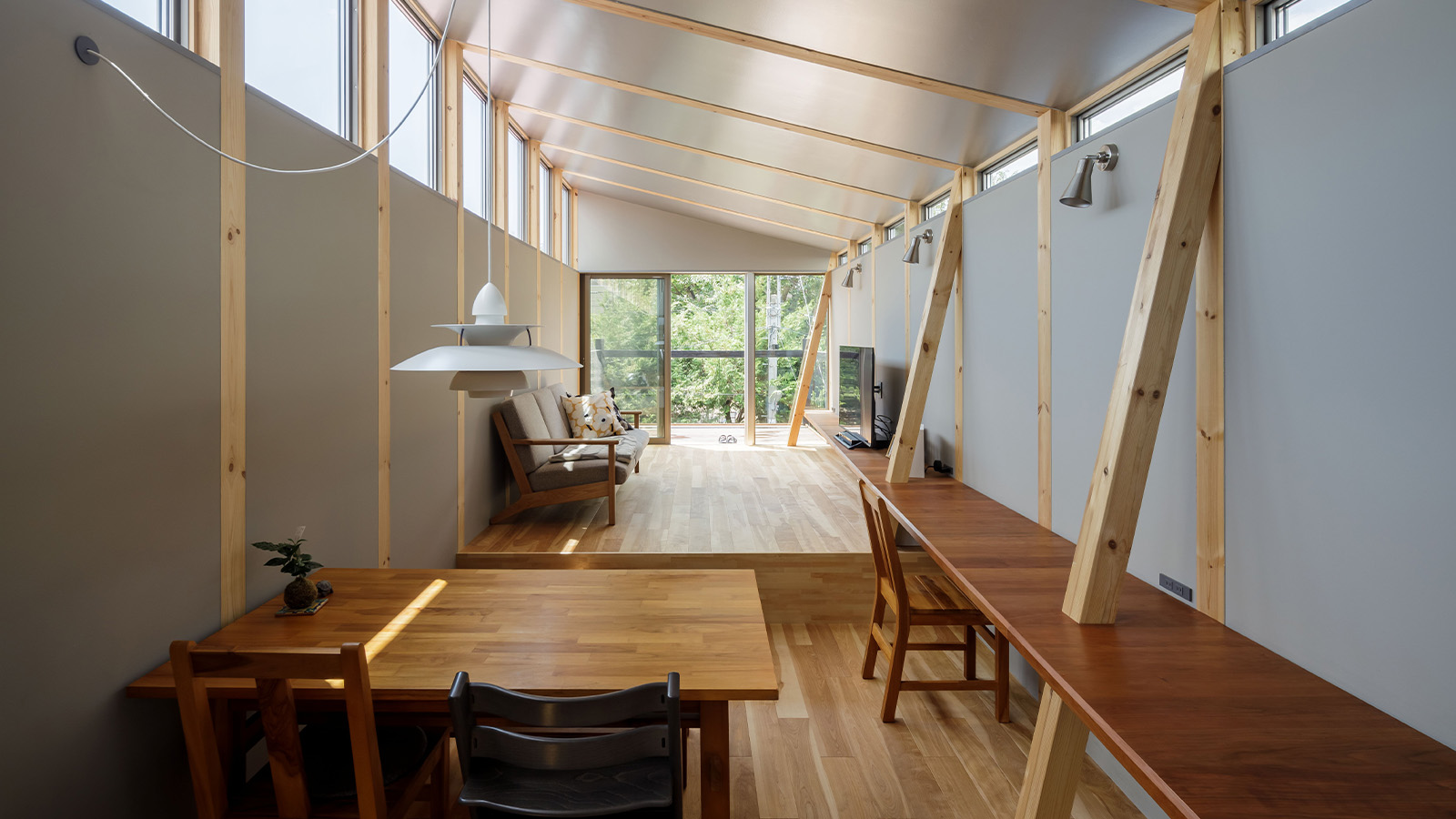 This Fukasawa house is a contemporary take on the traditional wooden architecture of Japan
This Fukasawa house is a contemporary take on the traditional wooden architecture of JapanDesigned by MIDW, a house nestled in the south-west Tokyo district features contrasting spaces united by the calming rhythm of structural timber beams
-
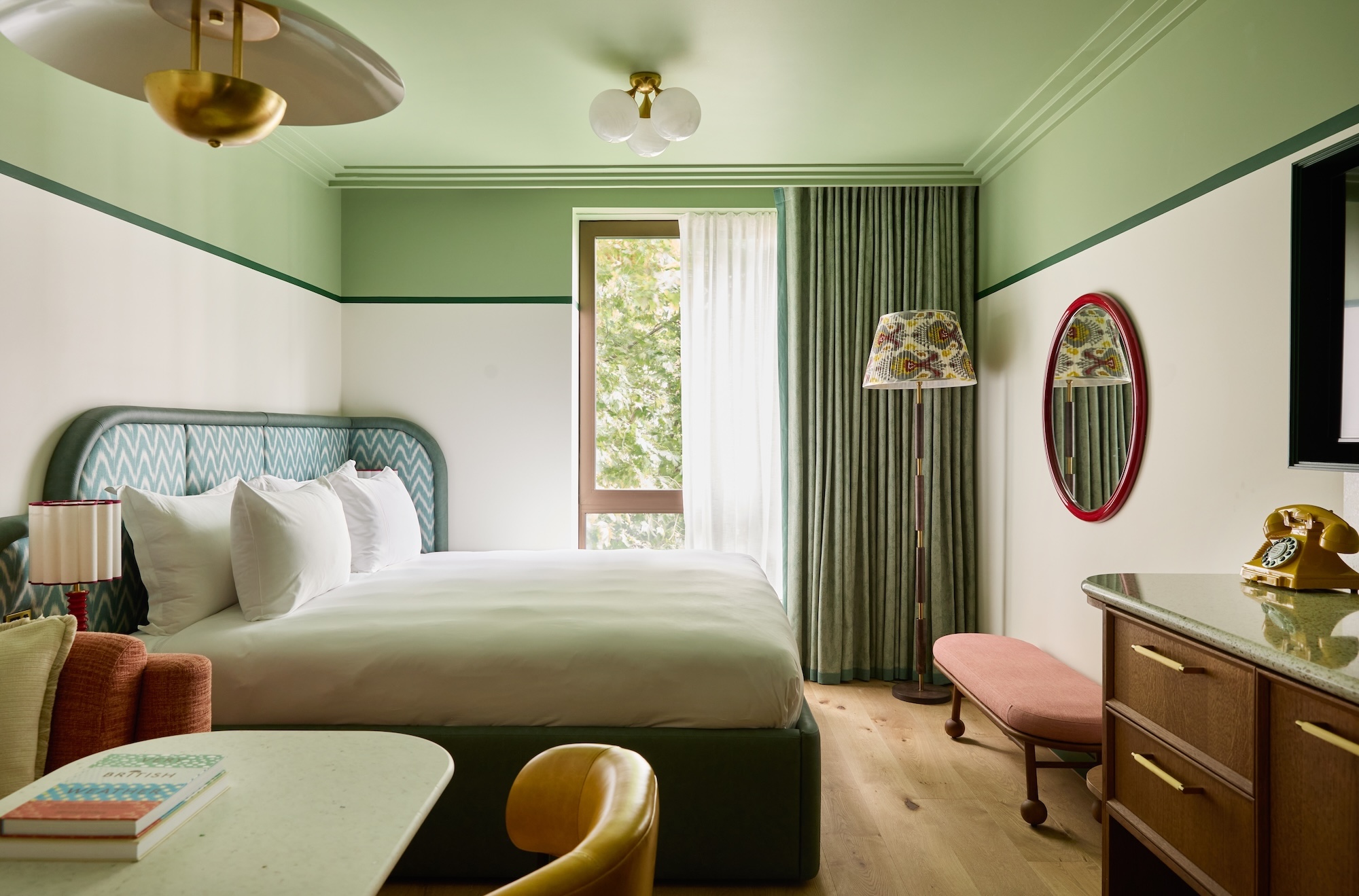 At last: a London hotel that’s great for groups and extended stays
At last: a London hotel that’s great for groups and extended staysThe July London Victoria, a new aparthotel concept just steps away from one of the city's busiest rail stations, is perfect for weekends and long-term visits alike
-
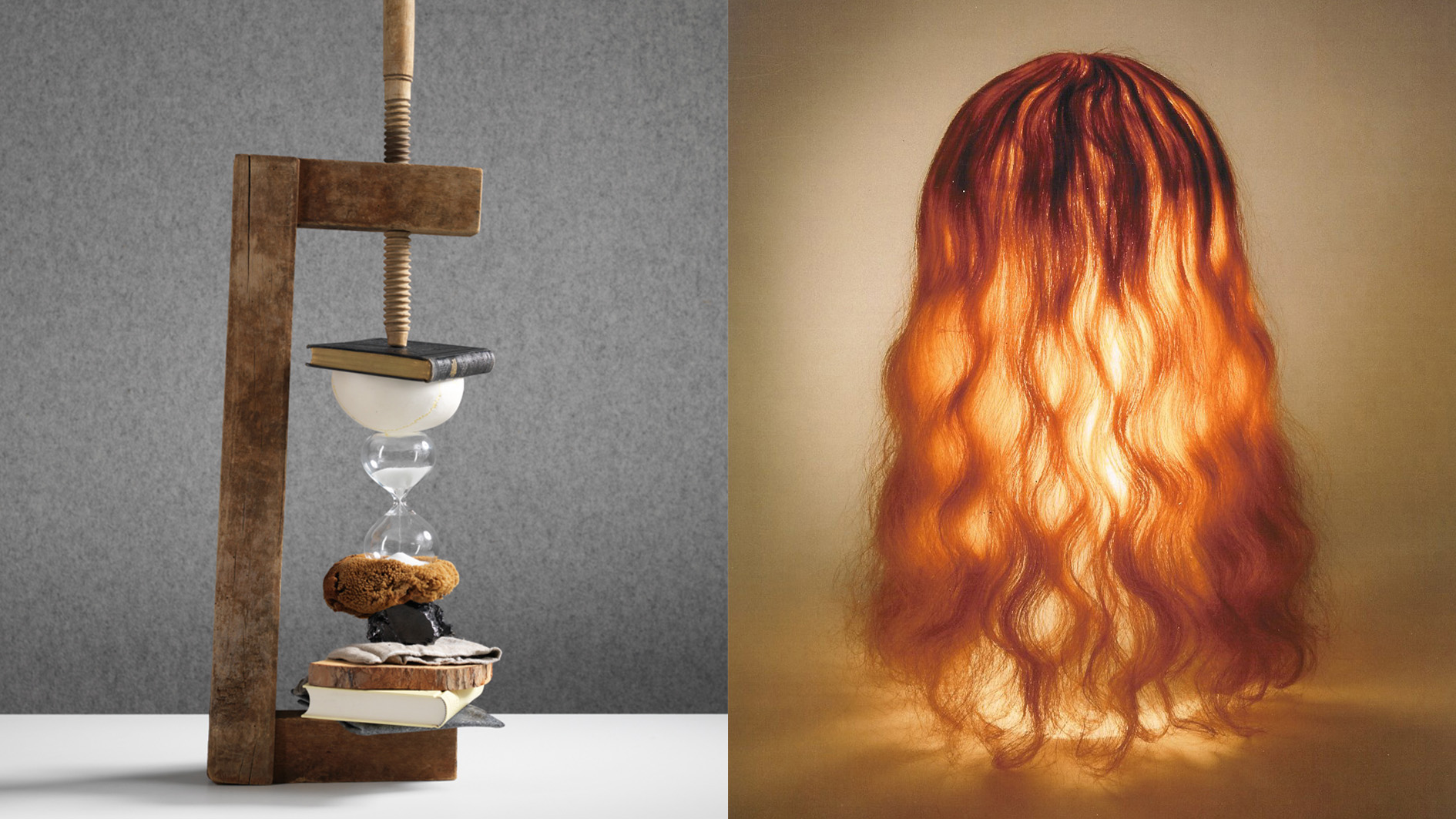 Rolf Sachs’ largest exhibition to date, ‘Be-rühren’, is a playful study of touch
Rolf Sachs’ largest exhibition to date, ‘Be-rühren’, is a playful study of touchA collection of over 150 of Rolf Sachs’ works speaks to his preoccupation with transforming everyday objects to create art that is sensory – both emotionally and physically
-
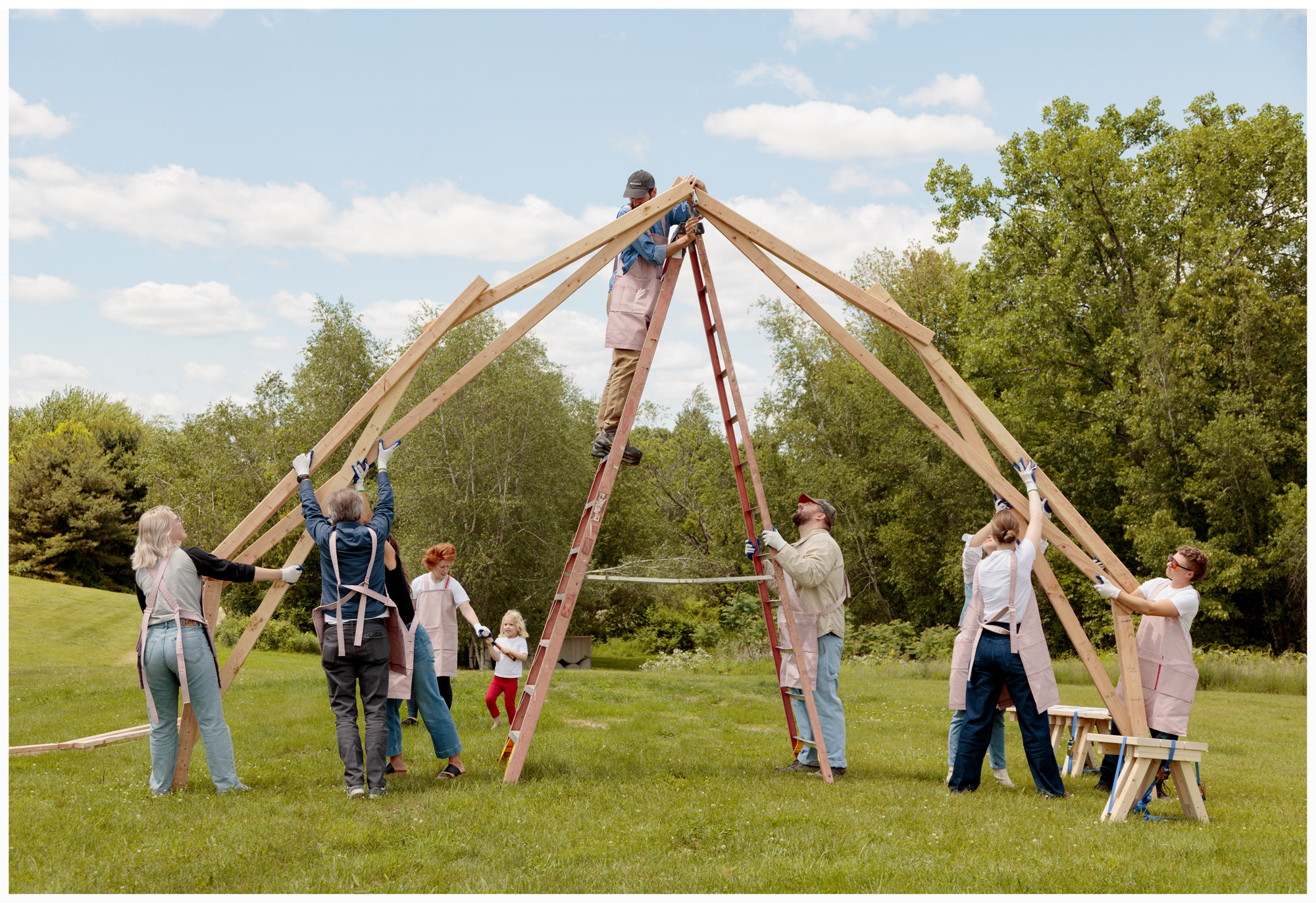 Architect Erin Besler is reframing the American tradition of barn raising
Architect Erin Besler is reframing the American tradition of barn raisingAt Art Omi sculpture and architecture park, NY, Besler turns barn raising into an inclusive project that challenges conventional notions of architecture
-
 What is recycling good for, asks Mika Rottenberg at Hauser & Wirth Menorca
What is recycling good for, asks Mika Rottenberg at Hauser & Wirth MenorcaUS-based artist Mika Rottenberg rethinks the possibilities of rubbish in a colourful exhibition, spanning films, drawings and eerily anthropomorphic lamps
-
 San Francisco’s controversial monument, the Vaillancourt Fountain, could be facing demolition
San Francisco’s controversial monument, the Vaillancourt Fountain, could be facing demolitionThe brutalist fountain is conspicuously absent from renders showing a redeveloped Embarcadero Plaza and people are unhappy about it, including the structure’s 95-year-old designer
-
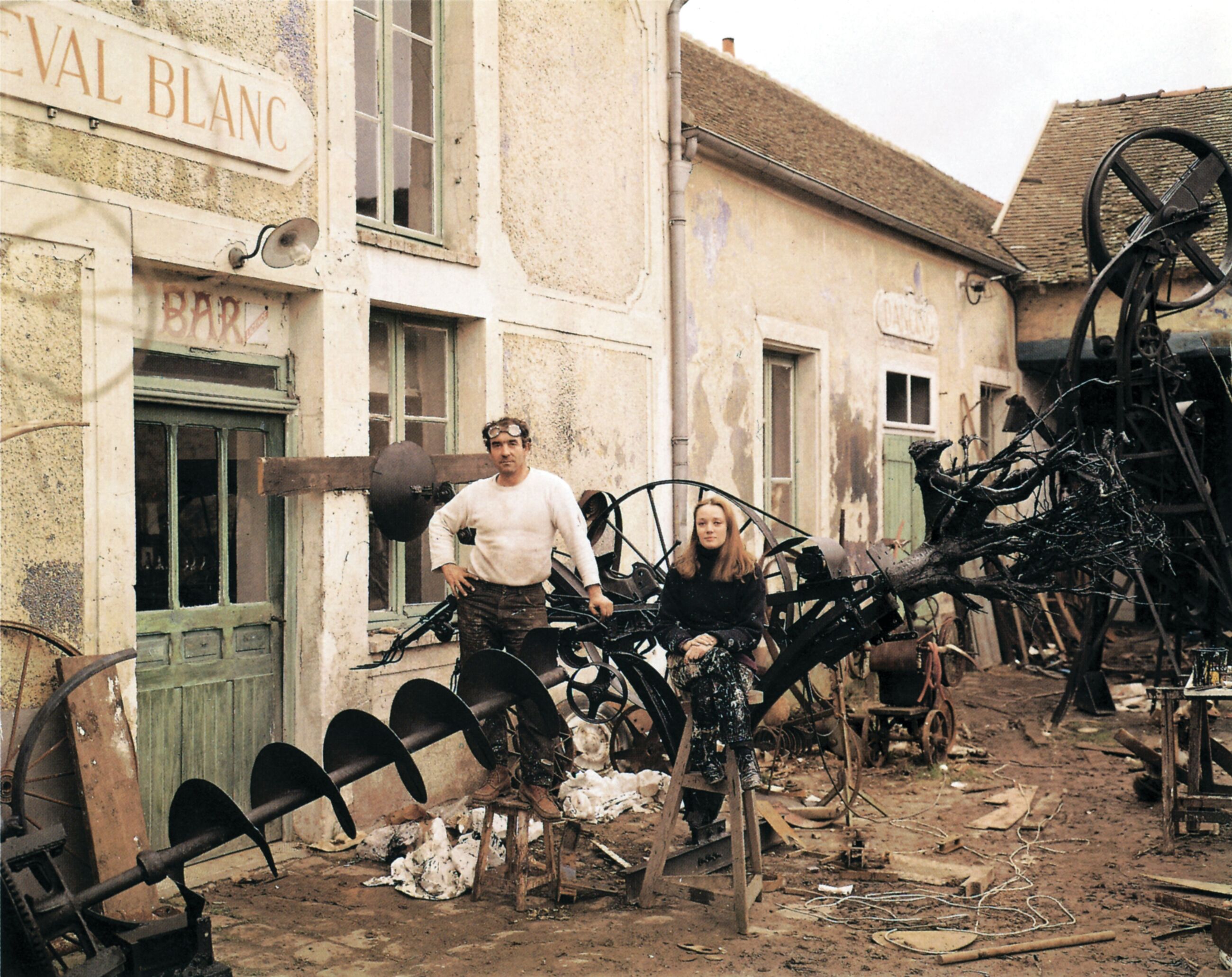 See the fruits of Niki de Saint Phalle and Jean Tinguely's creative and romantic union at Hauser & Wirth Somerset
See the fruits of Niki de Saint Phalle and Jean Tinguely's creative and romantic union at Hauser & Wirth SomersetAn intimate exhibition at Hauser & Wirth Somerset explores three decades of a creative partnership
-
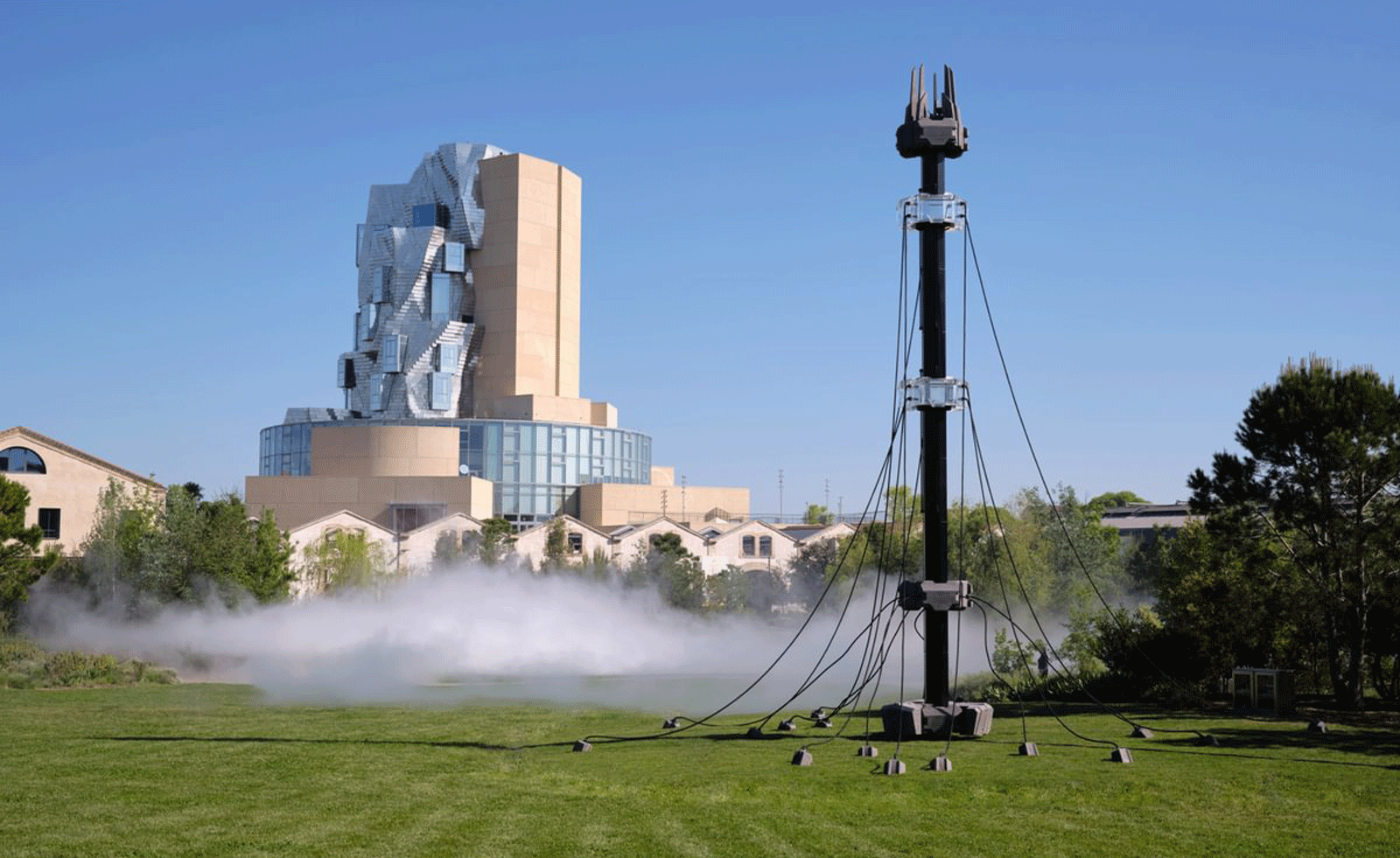 Technology, art and sculptures of fog: LUMA Arles kicks off the 2025/26 season
Technology, art and sculptures of fog: LUMA Arles kicks off the 2025/26 seasonThree different exhibitions at LUMA Arles, in France, delve into history in a celebration of all mediums; Amy Serafin went to explore
-
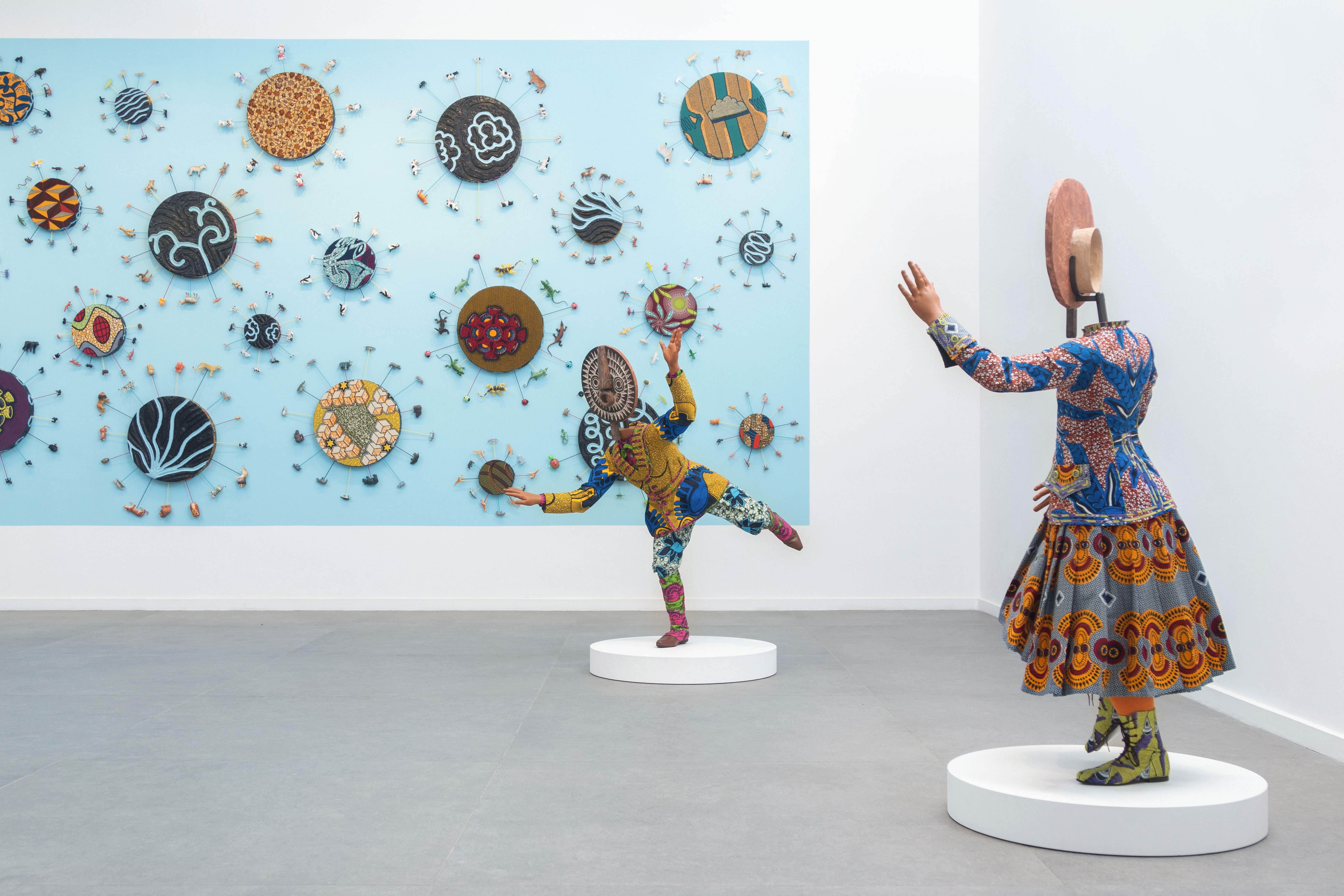 Inside Yinka Shonibare's first major show in Africa
Inside Yinka Shonibare's first major show in AfricaBritish-Nigerian artist Yinka Shonibare is showing 15 years of work, from quilts to sculptures, at Fondation H in Madagascar
-
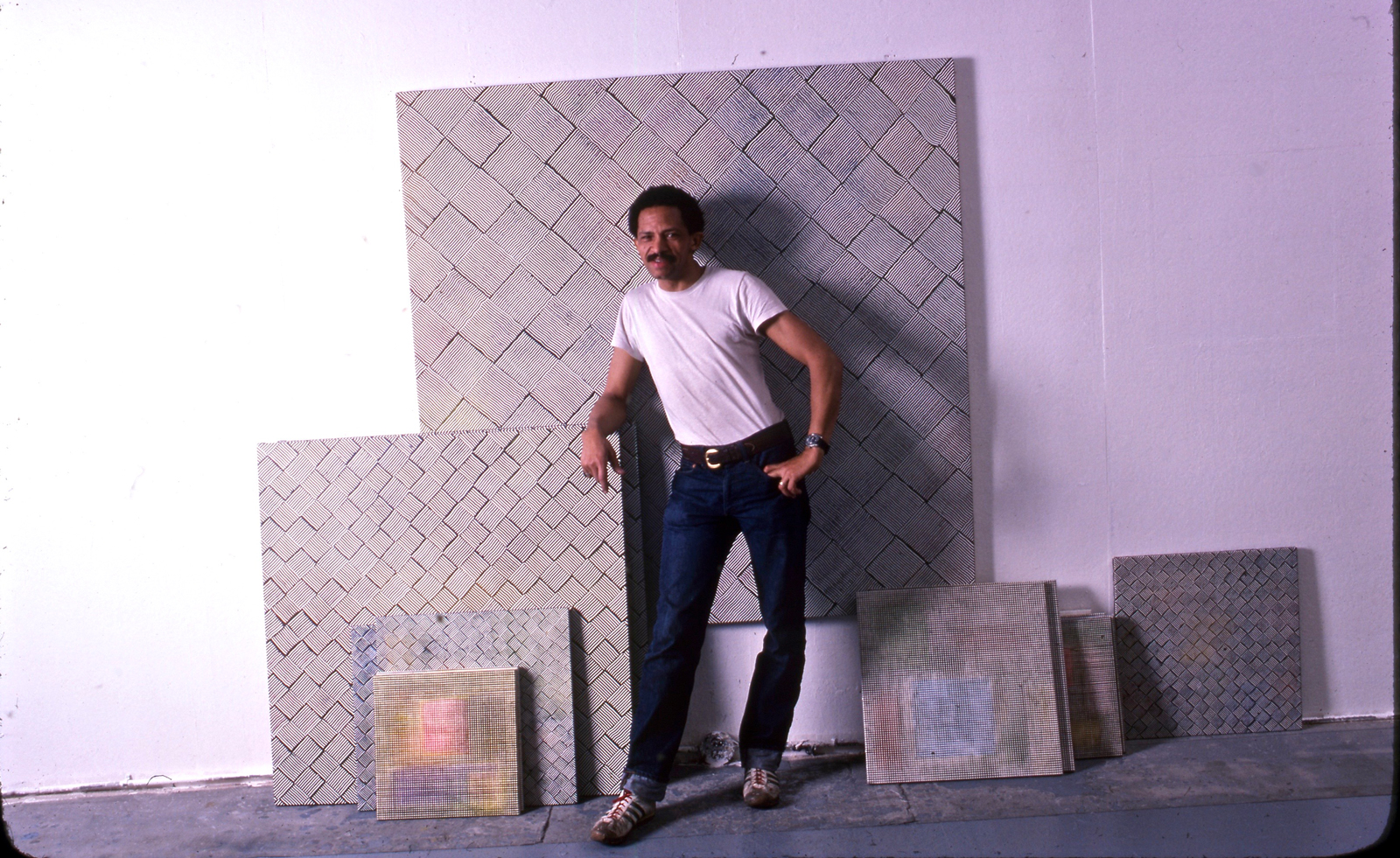 Inside Jack Whitten’s contribution to American contemporary art
Inside Jack Whitten’s contribution to American contemporary artAs Jack Whitten exhibition ‘Speedchaser’ opens at Hauser & Wirth, London, and before a major retrospective at MoMA opens next year, we explore the American artist's impact